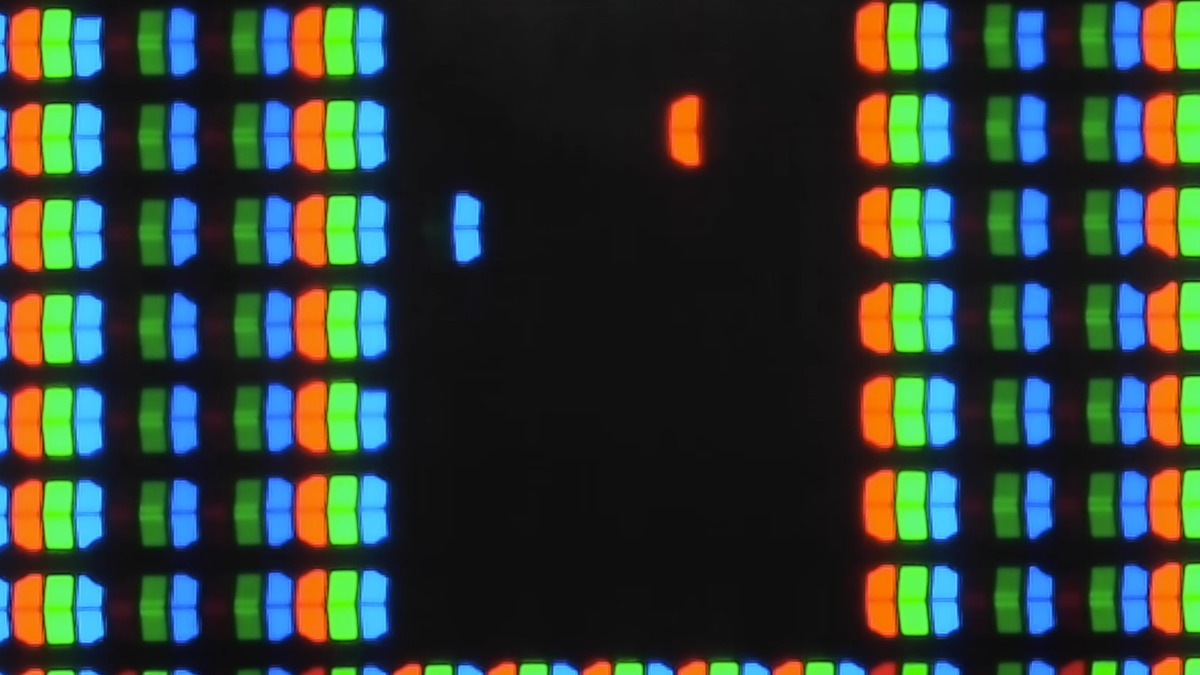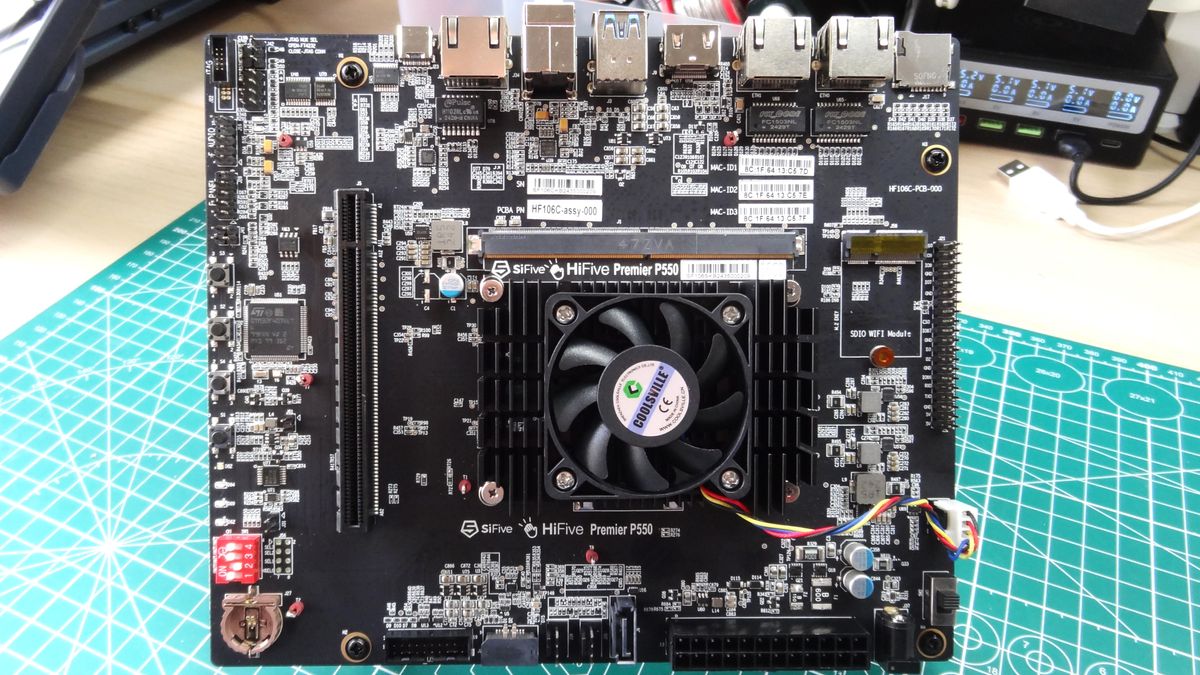As competition between contract chipmakers heats up, foundries tend to increase their capital expenditures to satisfy the demands of their clients for the latest production nodes. TSMC last week said it would dramatically increase CapEx spending this year as it preps to ramp up manufacturing of 2nm-class chips next year. Intel is expected to follow, though its CapEx increase will likely be moderate. But unlike its industry peers Samsung intends to slash spending on its foundry unit, reports TrendForce citing SEDaily.
Samsung has been spending billions of dollars every year on its foundry and memory production capacities for about 10 years now. However, the Samsung Foundry unit is cutting its CapEx by more than half in 2024, allocating ₩5 trillion ($3.5 billion) compared to ₩10 trillion ($7 billion) last year, according to the report. The decision allegedly reflects reduced client demand and efforts to improve efficiency. Samsung has reportedly faced difficulties in attracting large customers due to delays in advanced manufacturing processes and lower-than-expected yield rates. Utilization rates for its 4–7nm-class production lines at Pyeongtaek have reportedly fallen by over 30%, though SEDaily does not specify the period over which the utilization rate dropped by a third.
The report claims that Samsung Foundry's 2025 investment will prioritize the Hwaseong S3 and Pyeongtaek P2 production facilities. At S3, part of the 3nm production line will be upgraded to 2nm, which is considered a minor modification rather than a major new investment, as Samsung's SF3P process technology was renamed to SF2, so the latter hardly requires a lot of all-new tools for mass production. Meanwhile, P2 will see the installation of a 1.4nm test line with a monthly capacity of 2,000–3,000 wafer starts by the end of 2025. Smaller investments are also planned, such as upgrading existing equipment and supporting infrastructure development at the Taylor plant in the U.S. Essentially, the plan is to upgrade existing fabs rather than expand capacity.
Samsung's rivals have different plans
By contrast, TSMC last week stated it would increase its CapEx spending from $29.76 billion in 2024 to $38 billion – $42 billion in 2025. Approximately 70% of this budget will be spent on advanced process technologies, while 10% to 20% will be allocated to specialty technologies. The remaining 10% to 20% will be dedicated to advanced packaging, testing, mask-making, and other related areas.
TSMC intends to start mass production of chips on its N2 (2nm-class) fabrication process in the second half of 2025 and ramp it up in 2026. TSMC reports that the number of planned 2nm tapeouts is higher than the number of N4 and N3 tapeouts at the same stages of their development. As a result, the company will need more N2-capable production capacity and is equipping its fabs with appropriate tools.
Intel is also about to start ramping up production of chips on its 18A manufacturing process later this year while preparing for next-gen nodes and making chips for its Intel Foundry clients. To that end, TrendForce expects the company to increase its CapEx from $11 billion – $13 billion in 2024 to $12 billion – $14 billion in 2025. While this will still be significantly less than TSMC plans to invest in its production capacity, it will still be substantially higher than Samsung's alleged CapEx, if the report is to be believed.

 3 days ago
4
3 days ago
4









 English (US) ·
English (US) ·